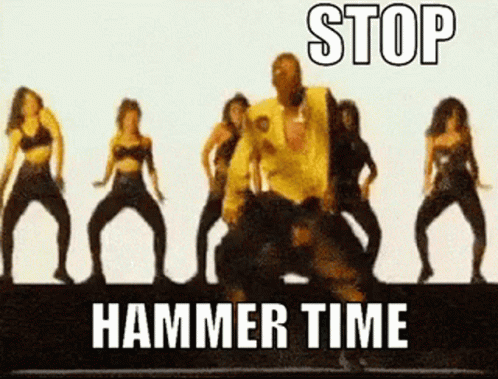squirrel
Well-known member
- Joined
- Dec 29, 2013
- Messages
- 736
Old bulls, like old gobblers are about impossible to kill by calling them in. They well. know that the rules are: I call and them wimmen come arunnin. You have to catch them on exactly the right day/circumstance or better yet adapt. One thing is for certain you cannot un-ring a bell, once you call you will live; or most likely die by calling.
But you said "older" not old, and it can be done if things fall in line, they seldom do when solo, but when they do it is great. Archery aint easy, that's why all the new nimrods have 120 yard pins on their bows, in case he hangs up just outside of muzzleloader range.
But you said "older" not old, and it can be done if things fall in line, they seldom do when solo, but when they do it is great. Archery aint easy, that's why all the new nimrods have 120 yard pins on their bows, in case he hangs up just outside of muzzleloader range.





